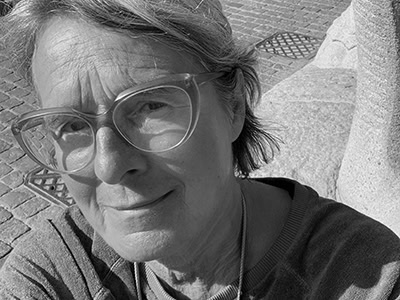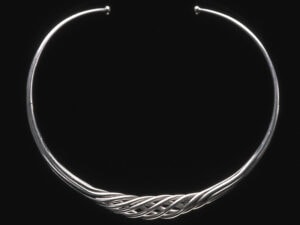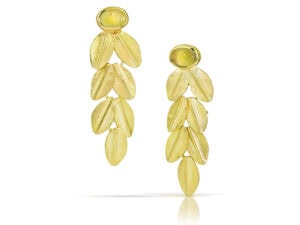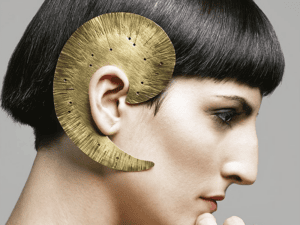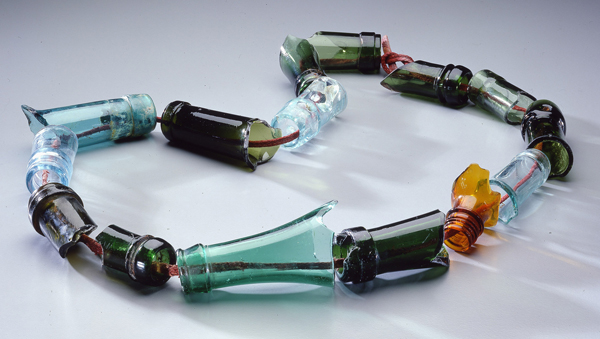
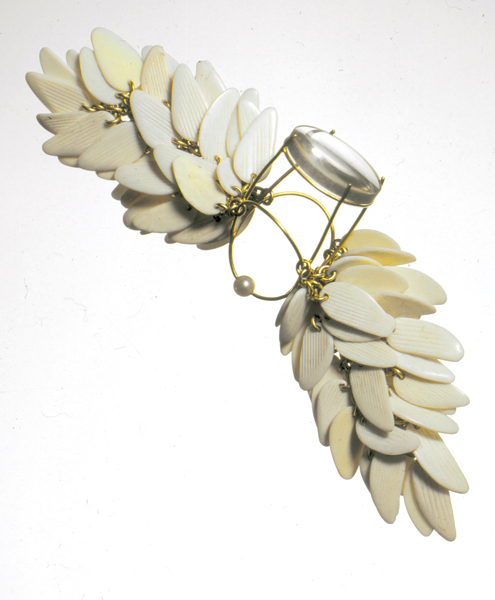
Obviously, there is no educational track to become a gallery director, and there are hardly any standards. Anyone can open a space, but to become a successful gallery director you need to have the kind of special skills identified by Don Thompson in The $12 Million Stuffed Shark: The Curious Economics of Contemporary Art (2008)—a good eye, good contacts, being proactive, marketing skills, financial resources, and charm. This list can be extended to include unlimited dedication and drive, vision, sensitivity, and ambition. In this small niche of contemporary jewelry where everyone knows each other, everyone observes each other, and everyone is friend or foe, a gallery director should be a jack-of-all-trades.
Louise Smit certainly combined many of these qualities when in 1986, after finishing an eighteen-year career in modern dance, she decided to start a new jewelry gallery in the center of Amsterdam. The city had been in the vanguard of the European new jewelry movement. It is the city where Gijs Bakker and Emmy van Leersum first showed their astonishing and groundbreaking aluminum head ornaments and futuristic bodysuits. It is the city where the BOE group, the union of rebellious goldsmiths, came into being. It is the city that housed Galerie Sieraad (1969‑1975), one of the first jewelry galleries in the world, which was succeeded by Gallery Ra in 1976. (Ra’s owner Paul Derrez had been working as an intern at Galerie Sieraad.) It is a city with a good jewelry school. (Under the leadership of Onno Boekhoudt, the jewelry department at the Gerrit Rietveld Academy began attracting international students in the 1970s).
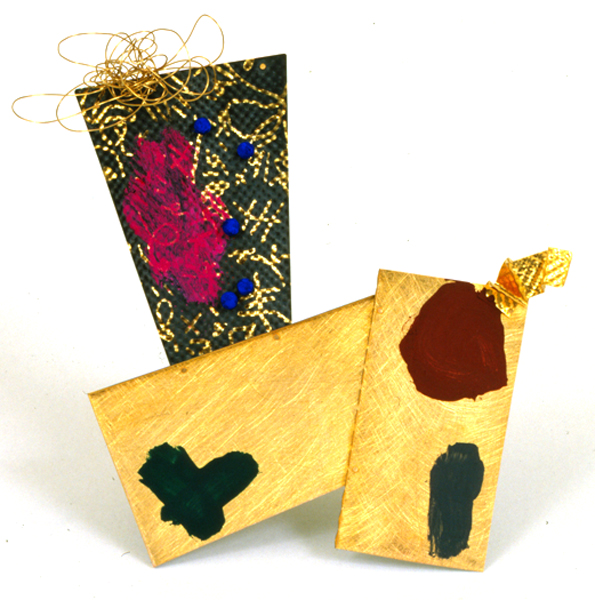
The Amsterdam in-crowd frowned at the new gallery, which was initially viewed as a way to promote and sell Robert Smit’s work. However, the time was ripe for a new approach, and Louise discovered the gap. The gallery had a strong signature, especially during the first ten years. Architects Herman Postma and Menno Dieperink emphasized this in the sculptural design of the space. There were 50 x 50-cm rusty showcases in the middle of the room and six niches in the wall covered at the base with the same rust patina. The stock showcase turned its back on the gallery space as an impressive wall of corroded metal—a daring gesture proving Louise’s dedication to concentrating on exhibitions. A subtle grid of 1-cm squares of 24-karat gold divided the grey floor every 50 centimeters.
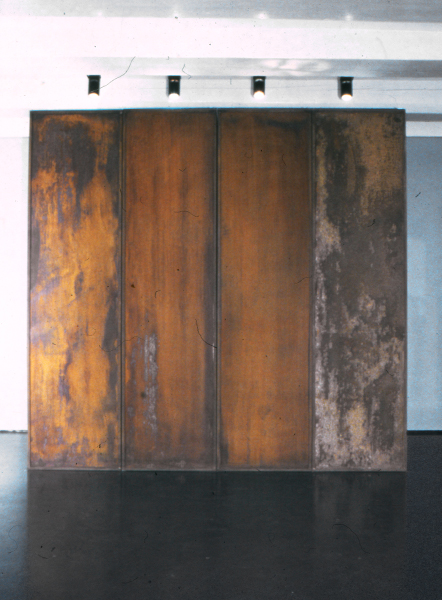
The gallery began with mainly artists from abroad, such as Manfred Bischoff, Friedrich Becker, Anna Heindl, Giampaolo Babetto, Francesco Pavan, and a few Dutch jewelers. Peter Skubic, who was teaching at the art academy in Cologne, was an important figure in this period and was one of the first exhibitors. According to Louise, he was like her ‘ambassador abroad.’ Young German jewelers, such as Alexandra Bahlmann and Detlef Thomas, and their professor Hermann Jünger from Munich, showed their work in 1989.
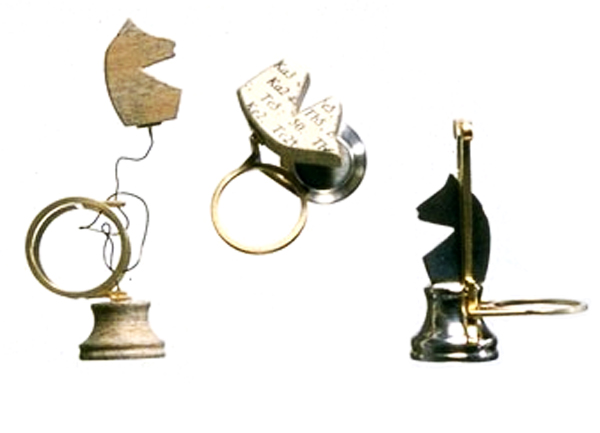
During the first ten years, Louise Smit clearly felt the urge to change things and introduce new ideas in the Dutch jewelry scene. This was marked by an uninhibited preference for ‘alternative’ and cheap materials and straight designs. She invited sculptors to make jewelry, and in 1992 after she had noticed that the ring was a rather neglected subject in contemporary jewelry, she organized an exhibition of rings by three young Dutchmen. Here, Ted Noten showed his seminal Chess rings and Ring for a Drawer—every single one of them pieces that are still capable of making one’s heart beat faster. Ralph Bakker, still a second year student at the Rietveld Academy, was part of this exhibition. A lot was possible in the gallery. For instance, in 1997 Pieter Elbers, now the technical teacher at the Rietveld Academy, decided to build tiny little scaffolds for a colony of five snails and attach them with a special, safe glue. The adorned snails had a long life in the gallery’s showcase, being treated as if they were Smit’s favorite pets and getting fresh vegetables every day.

It had always been Louise Smit’s ideal to get contemporary jewelry at the same level of ceramics and glass. To this end, she unfolded different strategies and joined forces with auctions houses (Christies Amsterdam, 20th Century Jewellery Auction, 1990), art fairs, and other Dutch galleries. Wim van Krimpen, a central figure in the Dutch arts scene, was a gallery director, museum director, curator, collector, and organizer of fairs. He was also the gallery’s landlord. Through Louise and Robert Smit, his interest in contemporary jewelry as an artistic expression was stirred. It resulted in van Krimpen’s invitation to involve contemporary jewelry galleries at the KunstRAI artfair in Amsterdam, of which he was the initiator and director. The first time, three Dutch and two foreign jewelry galleries took part. Galerie Louise Smit, Galerie Marzee, Galerie Ra, Galerie Sofie Lachaert, and Galerie Spektrum each had their own booth and a central joint jewelry exhibition. Until recently, the KunstRAI was the only fine art fair in the world that also included the so-called applied arts.
When Rob Koudijs started working for Galerie Louise Smit in 1997, it was the start of a new period. International young artists were attracted to the gallery while artists from the very beginning were put off. The focus changed and so did the appeal of the gallery. This change was inevitable. Times had changed as well as contemporary jewelry. The gallery stayed important though, and it went through a prosperous period taking part in even more fairs, such as Collect in London and Object in Rotterdam, until April 2005 when Queen Beatrix of the Netherlands celebrated her Silver Jubilee. Artists were encouraged to make an exhibition instead of just showing their work. Robert Smit, Marijke de Goeij, and more recently Iris Eichenberg and Estela Saez Vilanova proved the validity of this strategy. But the ardor of the founding years was tempered and competition with other galleries harsh.
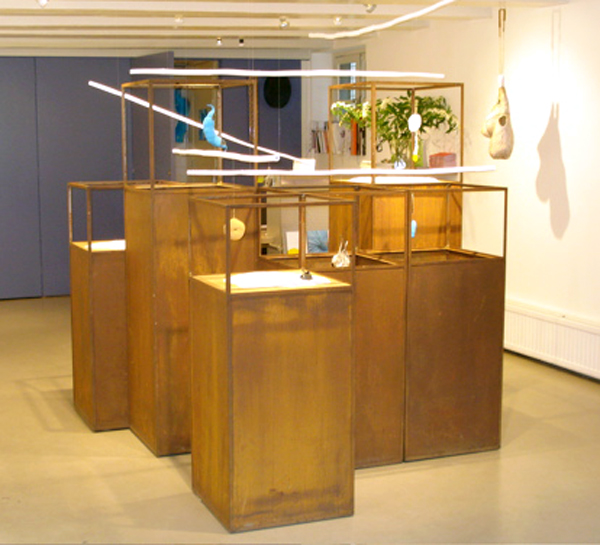
With the closing of one of the four main Dutch jewelry galleries, the artists are the real losers. A gallery can be seen as a type of commitment from one individual artist to a gallery and vice versa. The relationship between a gallery and an artist is usually not very businesslike apart from the fact that galleries claim some sort of privilege to be the only representative of their artists. It might well be that at the top end of the art market, where real money is earned, relationships are based on contracts, but I don’t know if this is true. In his book on the economics of contemporary art, Don Thompson writes that the art market is the least transparent market there is. However, in the contemporary jewelry segment, the relationship between gallery and artist is more like that of an extended family with all forced pretending and obliging implications. I’m not a sociologist, so I’m not really able to read or understand this kind of relationship within a commercial context, but from an outsider’s point of view I’ve always been somewhat suspicious. Certainly, in a situation where the market is overrun with jewelers, and galleries are representing more and more people, the situation can get under pressure. Jewelers are very dependent on a good relationship with their gallery, while galleries give no guarantee for sales, are unable to finance new projects of their artists, and have no solution for calamities such as unforeseen shutting-down. This is why on different occasions, I have been pleading for a more business-like, equitably organized relationship between gallery and artist with room for negotiation.
The closure of Louise Smit’s gallery also is a new beginning for some jewelers. They will start to experiment with selling their work in fairs and making more commercial jewelry lines for other markets. The artist becomes an entrepreneur—a way of working that has long been dismissed by Dutch jewelry artists.
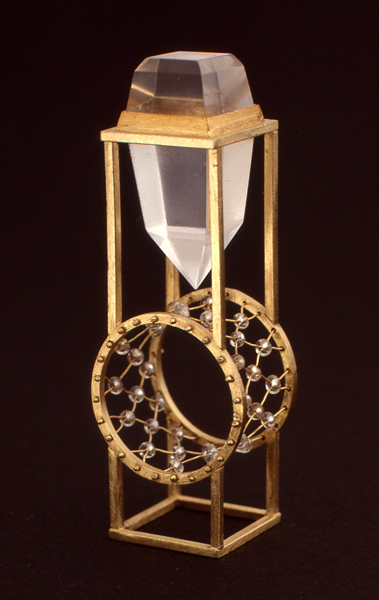
If the subject of running a gallery is of interest to you, you may be want to check this interview, in which Patina director Ivan Barnett discusses with the Harvard Business Review how to keep a gallery going through rough times.
If you would like to read some responses to this article please go to Letters to the Editor on the blog.
